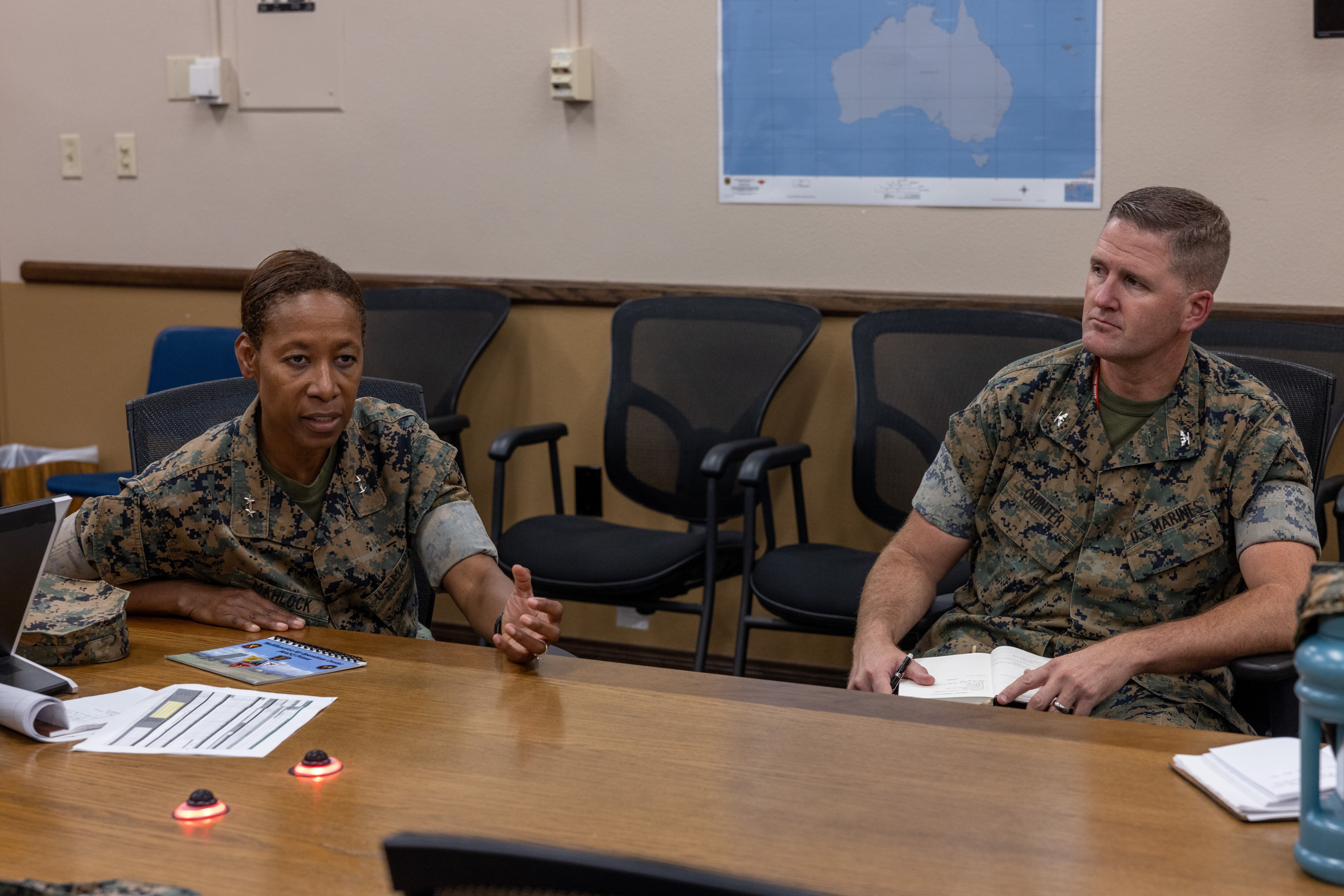McLEAN, Va. — The U.S. Department of Defense’s de facto information-technology authority is building out its first-ever intelligence directorate.
The establishment of the “J2″ office is meant to provide the Defense Information Systems Agency with a greater understanding of “what the adversary is trying to do” against the computing, sensitive networks and lines of communication it stewards, according to its director, Air Force Lt. Gen. Robert Skinner.
DISA, established in 1991, adopted the J-code model last year, mirroring the structure of the military organizations it works closely with. Directorates elsewhere include personnel (J1), operations (J3), logistics (J4), strategy, planning and policy (J5), and command and control (J6).
“I’m a firm believer that as a combat-support agency, which is our identity, we should more align to those organizations that we provide primary support to, which are our agencies and our combatant commands,” Skinner said Jan. 11 at the Army IT Day conference in Northern Virginia. “The more we can functionally align with what we are doing, along with our mission partner, the better.”
RELATED

The development comes as DISA marches toward goals laid out in its Workforce 2025 blueprint.
The initiative — launched with an eye on Russia and China — aims to enhance the expertise of current staff while also bringing on additional talent. It also takes into account the Defense Department’s existing cyber strategies, according to Skinner.
Competition for tech talent has long been fierce. Private companies can pay much larger salaries than the government can, and offer other benefits the Defense Department cannot match. Both Congress and the White House have weighed in on critical skill gaps that hinder the government’s ability to be cyber secure.
“In order to continue to compete, to never get into conflict, we have to be more agile, we have to be more flexible, we have to have the right velocity and sense of urgency, as well as the right critical thinking,” Skinner said. “Do we have the right processes in place, the right education opportunities, the right training opportunities, to optimize the force against the threat that we see that’s out there?”
Colin Demarest was a reporter at C4ISRNET, where he covered military networks, cyber and IT. Colin had previously covered the Department of Energy and its National Nuclear Security Administration — namely Cold War cleanup and nuclear weapons development — for a daily newspaper in South Carolina. Colin is also an award-winning photographer.








